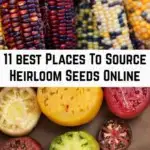
Planting and tending a backyard garden leads to one of the most fulfilling activities you’ll find outdoors (outside of going for long walks with nowhere particular to go): harvesting.
Gardening is food for the soul, just as it is nourishment for you and your loved ones, neighbors and random visitors included.
It gives you a sense of pride, accomplishment and joy, as it increases your awareness of living in harmony with nature. That is, if you choose the route of gardening organically.
With all the chemicals and GMOs in commercially produced foodstuffs, why would you choose any route other than growing naturally and organically at home?
You wouldn’t. And that is why you are here, to learn more ways to be kinder to the Earth, to remember what gardening was like before industry took over.
To not forget what good, wholesome, homegrown food tastes like.
Think back to your childhood and reminisce about the flavors of a juicy tomato fresh from the vine, seeds squirting every direction and dripping down your chin.
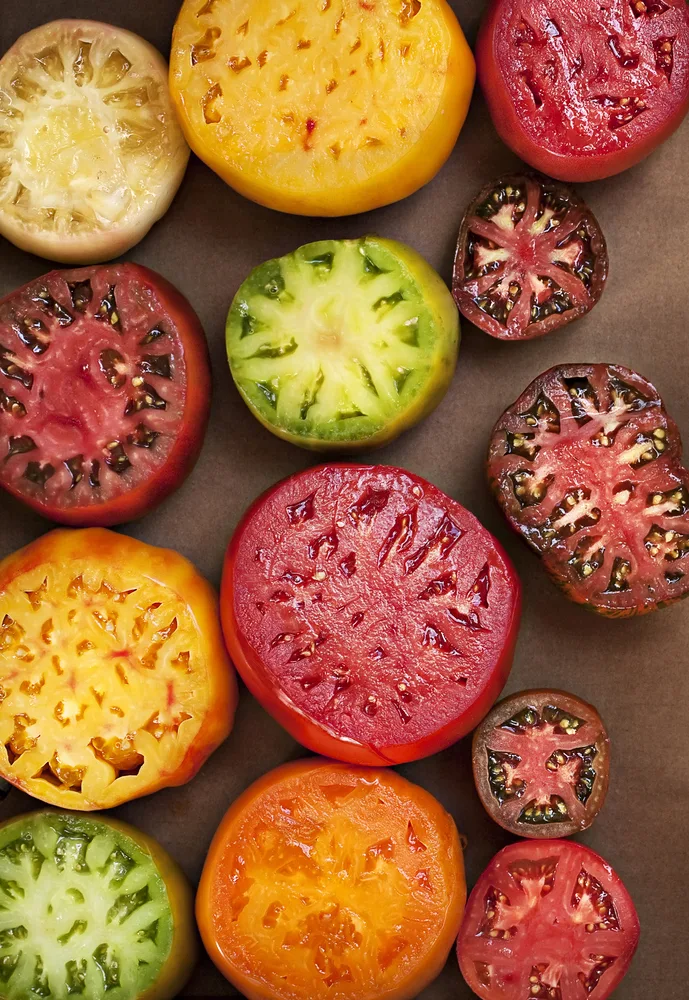
Those robust seeds, the vital force of life and self-reliance, where have they all gone?
They are not lost, but you will have to hunt for some of them. The information in this article should help you decide what to plant in your garden and where to find the best seeds.
Basics of seed selection
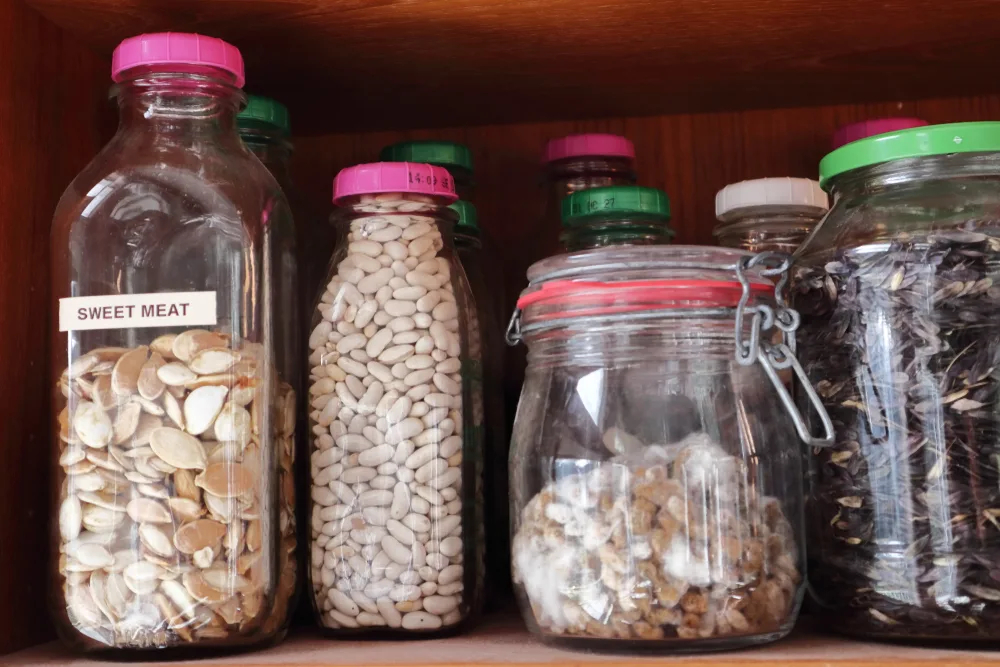
Before getting overwhelmed by a luscious, brightly colored seed catalog, flipping through page after page full of hybrids and exotics, stand your ground and figure out just what you need before being lured into a disaster of wants.
Start simple.
Know your plant hardiness zone whether you are in the United States, Canada, Europe, or elsewhere in the world.
That alone will provide you with an excellent base for what vegetables and herbs should grow in your area.
An exception here would be greenhouse, or poly tunnel grown vegetables, where the success is more dependent on your input.
Next thing to do, is talk to and ask questions from other local gardeners, as many as you can think of!
What are they able to grow successfully? What hasn’t worked for them? Do they save their own seeds? Can you get a small palmful if you are just getting started?
To avoid disappointment, you’ll have to choose garden seeds that are right for you and your garden space.
Naturally, this will take trial and error over several years, so be patient with the results. Not everything will work out, while others will surprise you immensely with their abundance or resilience!
Now, that you have a general idea of what seeds might work, decide what you actually like to eat.
After all, it is good feeling to harvest and eat/devour what you grow! That’s the ultimate reason to plant a garden.
Next thing you’ll want to figure out, is how much sun and/or shade does your garden receive.
For example, while tomatoes do appreciate some shade in hot summers, they will still require a certain time of sunlight to produce the juiciest of fruits.
Again, gardening comes with experience and acquired wisdom passed down from generation to generation, though there is still a lot you can learn from reading the label on the seed package.
Plants to grow in shade
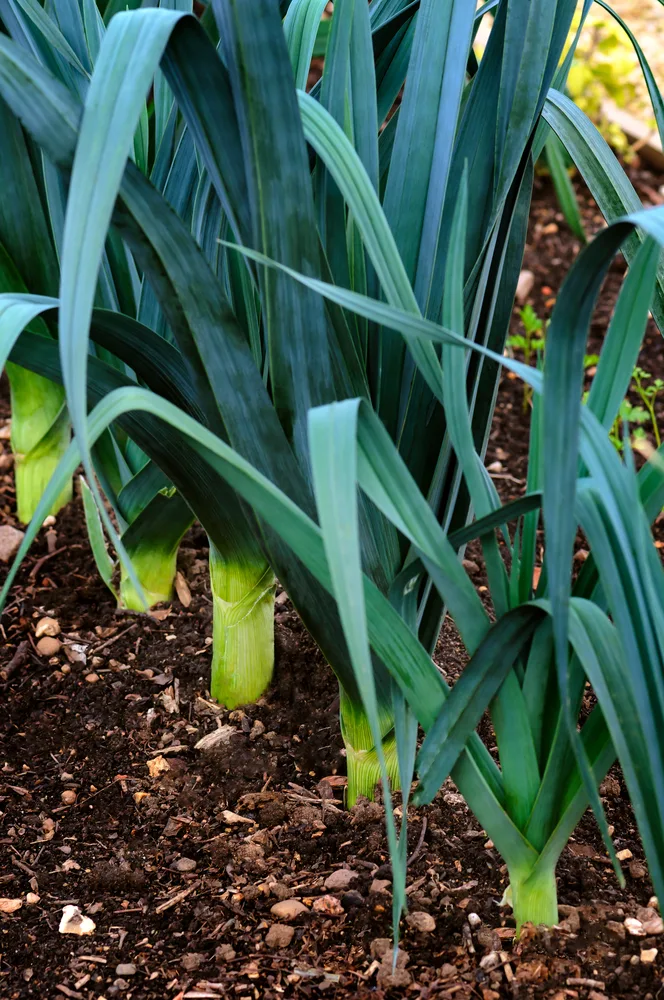
Observe your garden in different hours of the day and see what happens as the sun sweeps the sky. If you do indeed have partial shade, never fear, there are plenty of vegetables you can plant, harvest and even save your own seeds from!
Begin with your favorite vegetables from the list and grow your repertoire from there:
- arugula
- beets
- broccoli
- carrots
- garlic
- kale
- lettuce
- peas
- potatoes
- Swiss chard
Rather than thinking of shade as a challenge, think of it as an opportunity to grow your gardening skills, so you can be prepared no matter what the weather.
Here is the entire list of 26 Vegetables to Grow in the Shade.
Plants to grow in full sun
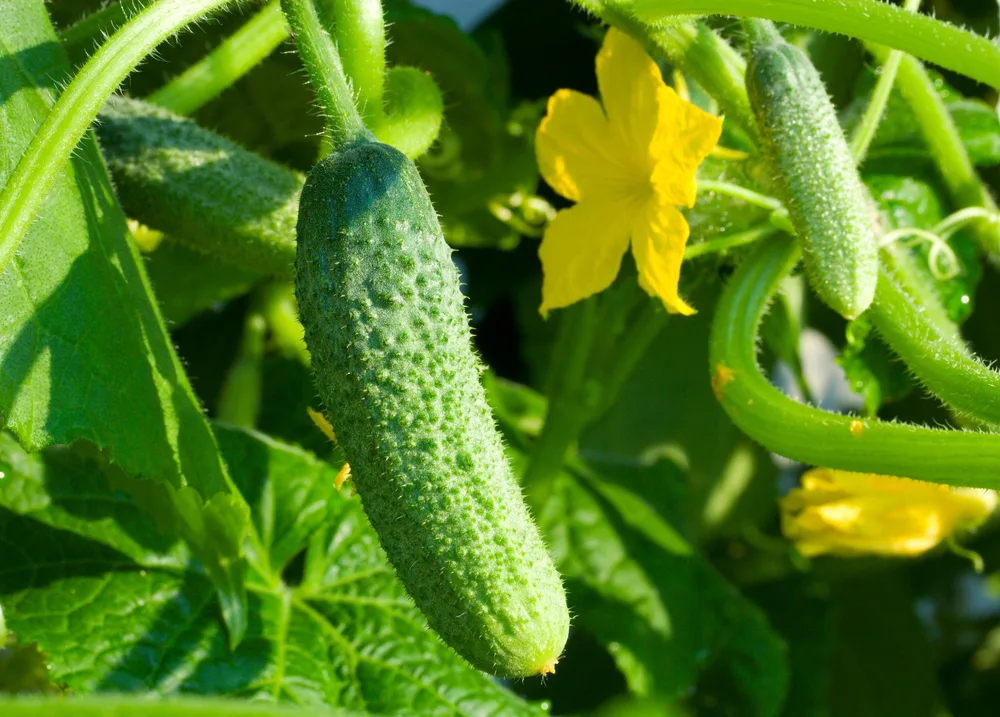
Of course, most people are familiar with sun-loving vegetables, the majority of them being annuals.
There are a plethora of garden seeds to choose from here, many of them being extremely easy to plant and care for.
Also, give consideration to the vegetables you buy most often from the store or farmers markets. Could you grow any of them yourself to save money, or to increase the variety in your diet?
Tomatoes make for another wonderful example here. A supermarket doesn’t often have 10 varieties of heirloom tomatoes waiting for you on the shelf. But your garden can provide just that!
You’ll find in time, that tomatoes don’t cross-pollinate easily, as they are self-pollinated (though it is possible 1-5% of the time). Covering them while they are blossoming, can help prevent this.
If you’d like to hand-pollinate your tomatoes for the best chances of producing flowers, go right ahead. See how easy it is to get distracted by the seed selection process?
Let’s get back to business.
Choosing the best seeds for your garden
Now, that you have thought about the location of your garden in relation to sun, shade, what is likely to grow and what vegetables you like to eat, it is time to dig into the seed selection process a bit further.
There are a lot of seed companies out there to choose from (with plenty on offer) and the whole choosing and ordering process can get quickly overwhelming!
Knowing what you want certainly helps to simplify the garden seed search.
But in order to find exactly what you want – and what is the best for saving your own future seeds -, you’ll have to become familiar with how seeds are labeled.
Heirloom
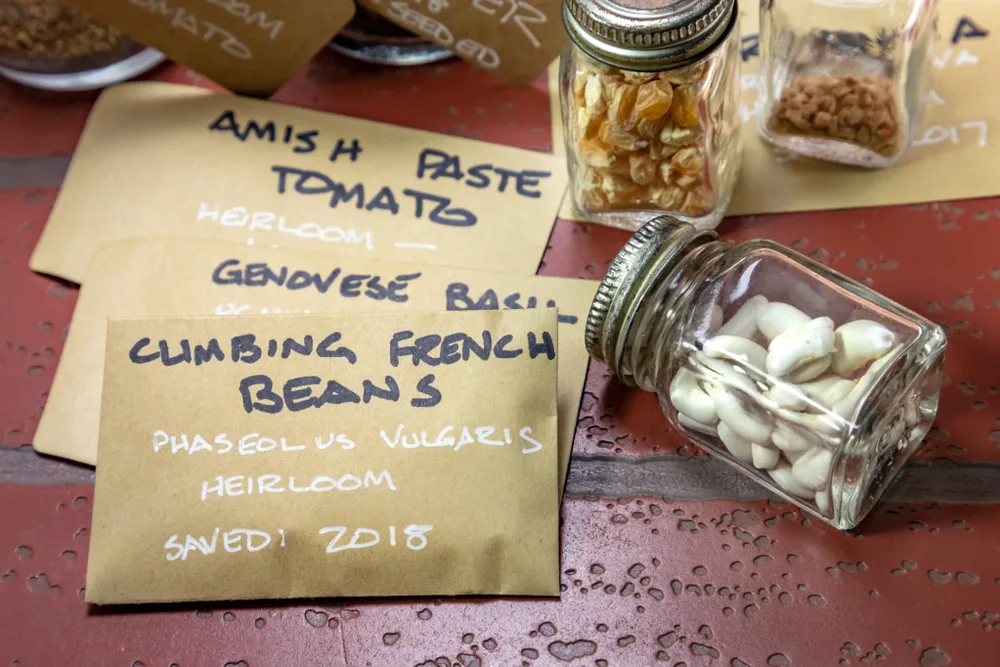
Seeds labeled “heirloom” are saved from open-pollinated plants, which we will come to in a minute, but what makes each and every one of them stand, is their special value as an edible crop.
Passed down through the generations, seeds of heirloom varieties are saved for several reasons:
- specific/unique flavor
- productivity
- drought-tolerance and/or hardiness
- adaptability
Some consider plants to be of heirloom quality if they have survived more than 50 years. Other heirlooms date back to 100, even 300 years!
If you are seeking to preserve cultural heritage in your garden, heirlooms are definitely the number one way to go. With so many varieties available, it will be hard to choose!
Organic
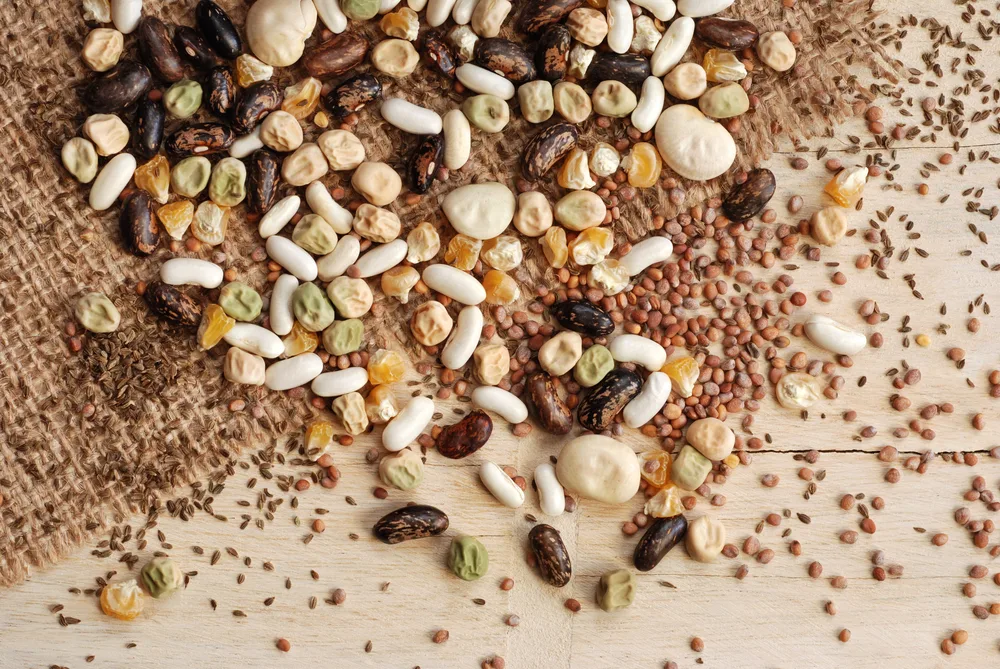
Certified organic seeds are those cultivated using only organic gardening methods.
Seeds in the United States will carry a USDA organic label, certifying that the growers have not used non-organic sprays, nor have they anything to do with GMO’s.
At times you may find small growers who do grow their plants organically, yet have not found it feasible, or profitable, to pay for an organic certification.
If they are open about how they grow, and you trust that they are gardening out of love for the soil and saving quality seeds, then support those small companies every chance you get!
When in doubt, ask questions about the growing process and use your intuition as a guide.
Once you find a trustworthy seed company, they will have a customer for life and you will have a backup plan – just in case your plants don’t grow as expected, or something goes awry with your own seed saving techniques.
Open-pollinated
Even though heirloom seeds are always open-pollinated, open-pollinated seeds are not necessarily heirloom, or organic.
What this does mean, however, is that the seeds are “true-to-type”, meaning that the seeds can produce plants that both look and taste like the parent plant (provided that cross-pollination between different species does not occur).
Open-pollinated seeds are an extremely important trait for those of us who want to preserve flavors that we know and love, for seasons to come.
Conventional and naturally grown
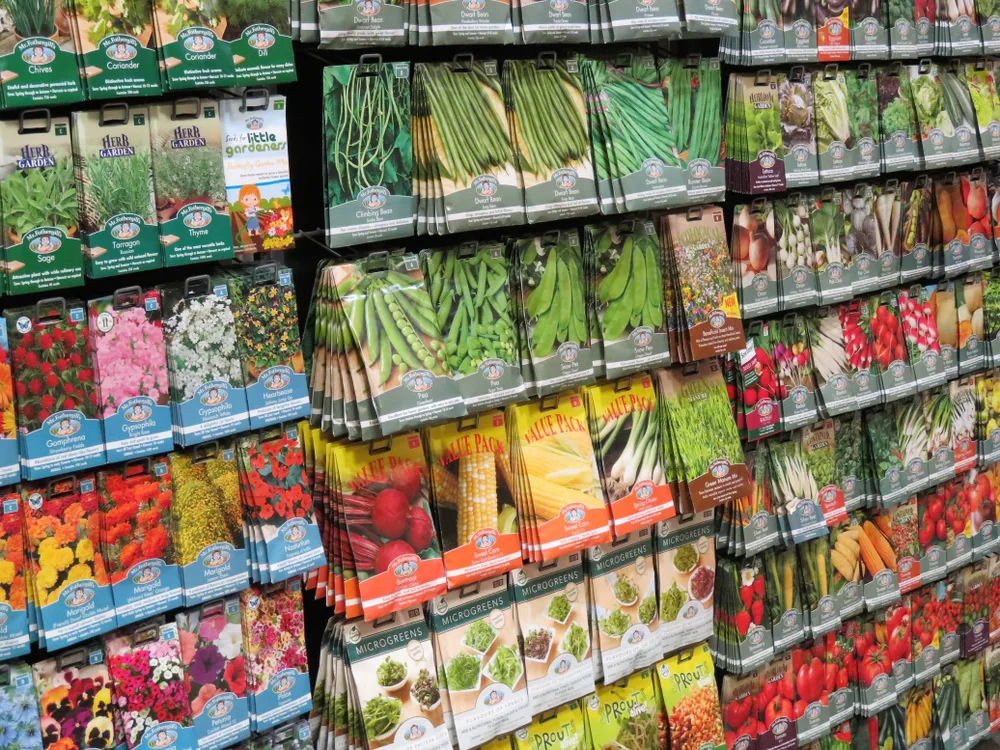
In short, conventional and naturally grown, describes seeds that are not certified organic. These seeds will often be cheaper than organic and heirloom seeds, and they are most likely the kind you will find at your local hardware store, or any shop selling garden seeds.
If that is all you can find locally, there is nothing wrong with starting your garden this way.
Take note however, that if you consider your own garden to be organic, you’ll want to start with certified organic seeds, so as not to add anything conventional to the mix.
If your goal is to have totally clean vegetables, free of all toxins, it is best to refrain from planting cheaper seed stock.
3 types of seeds to avoid planting in the garden
At times, this can be a subject to debate, here we will just cover what each label means and let you decide what is best for you and your garden.
1. Hybrids
As opposed to heirloom seeds, hybrids are created by crossing two varieties that are selected for certain, desirable characteristics, such as larger fruit, or longer shelf-life.
Hybrid seeds are labeled as F1 types, whereas open-pollinated varieties will be labeled OP.
Features of hybrids include:
- disease resistance
- faster maturity
- improved flavor
- increased productivity – higher yield
- uniform growth
- easier to ship and store
The downside is that while you can save seeds, they will not be “true-to-type” as open-pollinated seeds are. Sometimes the seeds will not be viable, other times, the plant will revert back to just one characteristic of the parent plant.
In other words, saving seeds and replanting them is unreliable at best.
2. Genetically modified seeds
A definite no-no in the backyard garden are GM seeds, or BE bio-engineered seeds.
These seeds are created by man, in a laboratory, rather than nature. Unlike hybrids which are crossed between two closely related plants to create one superior one, GMOs take genes from different “kingdoms” and splice them together.
For health reasons of your own and how dangerous they are to insects (whose populations happen to be declining) you should decline them too.
You won’t typically find garden seeds in this category, however if you are planting crops for raising and feeding animals, you need to be aware. Particularly if you are intending to grow corn, sugar beets, potatoes, soybeans or alfalfa.
For further reading:
What is a GMO and Why Should You Care @ Small Footprint Family
3. Treated seeds
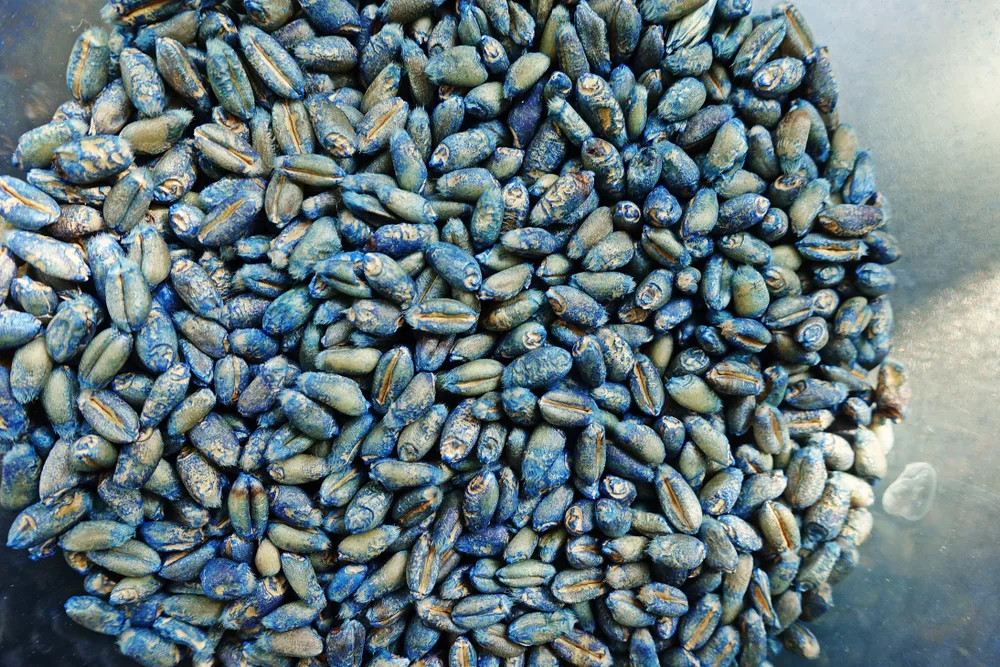
Keep an eye out for pink peas, green cucumber seeds or blue sunflower seeds!
They are treated with a fungicide that protects them from seed-borne and soil-borne pathogens, but they come with a heavy price to your soil and all the organisms living in it.
You don’t need those toxic chemicals to grow good food!
Start with good quality seeds, plant them at the optimal time (when the soil temperature is just right) and offer the best care you can (watering and sunlight) as your garden grows.
Ultimately, what you decide to plant, comes down to your values and preferences – and this may change as your gardening skills grow.
Learn how to save your own seeds and become a master of your own garden.
Here’s our tutorial for saving tomato seeds, our guide for saving cucumber seeds, and our guide to saving pumpkin seeds with more tutorials to come.
11 places to buy garden seeds online – no matter where you live
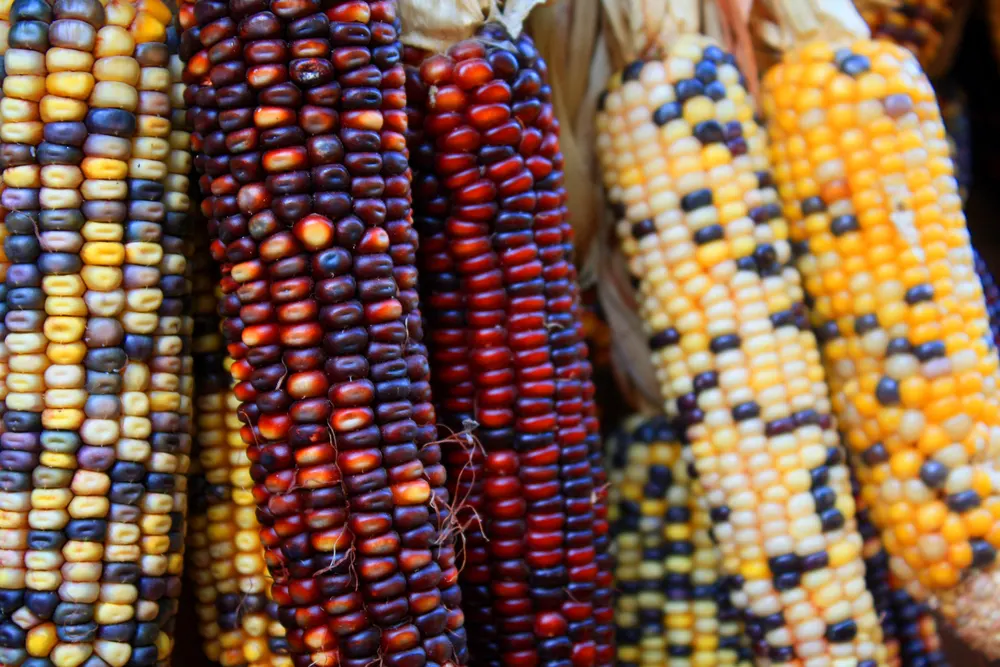
There are many places to start your search for quality garden seeds – both online and off. Begin locally, then broaden your search to find the varieties that call out to you.
When searching online, be sure to read the fine print about where the seed companies will ship – and where they can’t – before filling your cart with seeds galore, to avoid potential disappointment.
Here are a few sites to get you started in your search for the best garden seeds:
Buying garden seeds in the U.S.
Annie’s Heirloom Seeds – Whether you are looking for organic or heirloom seeds, you will find plenty to choose from here. Beans, beets, corn, celery, cucumbers, Swiss chard, turnips and both edible and ornamental flowers.
Baker Creek Heirloom Seeds – Now is the time to order their extremely colorful seed catalog and be amazed at what you can grow! Montana lavender clay corn, scarlet bok choy, orange jazz tomatoes, Hopi turquoise corn, borage, filius blue pepper, or merlot lettuce.
Heirloom Seeds – Here you will find everything from black carrots to glass gem corn (pictured a little further up), and from sugar rush peach peppers to lucky tiger and purple bumblebee tomatoes. A little something for every garden!
Seed Savers Exchange – Since 1975, Seed Savers Exchange has been working their magic and saving 20,000+ rare and open-pollinated varieties in their seed bank. They even sell Sugar Drip Sorghum seeds, which could replace corn in your chicken, or other animal, feed.
Sustainable Seed Company – Searching for heirloom grains? You’ll find those here, as well as organic cover crop seeds, herb seeds and garden seeds, even cigar tobacco seeds!
Uprising Seeds – If you are seeking some new novelty to grow in the garden, be sure to dig around this site for something unique. How about “Crapaudine” beets, “Dowinda” cabbage and “Incantatore” radicchio for starters.
Garden seeds in the U.K. and continental Europe
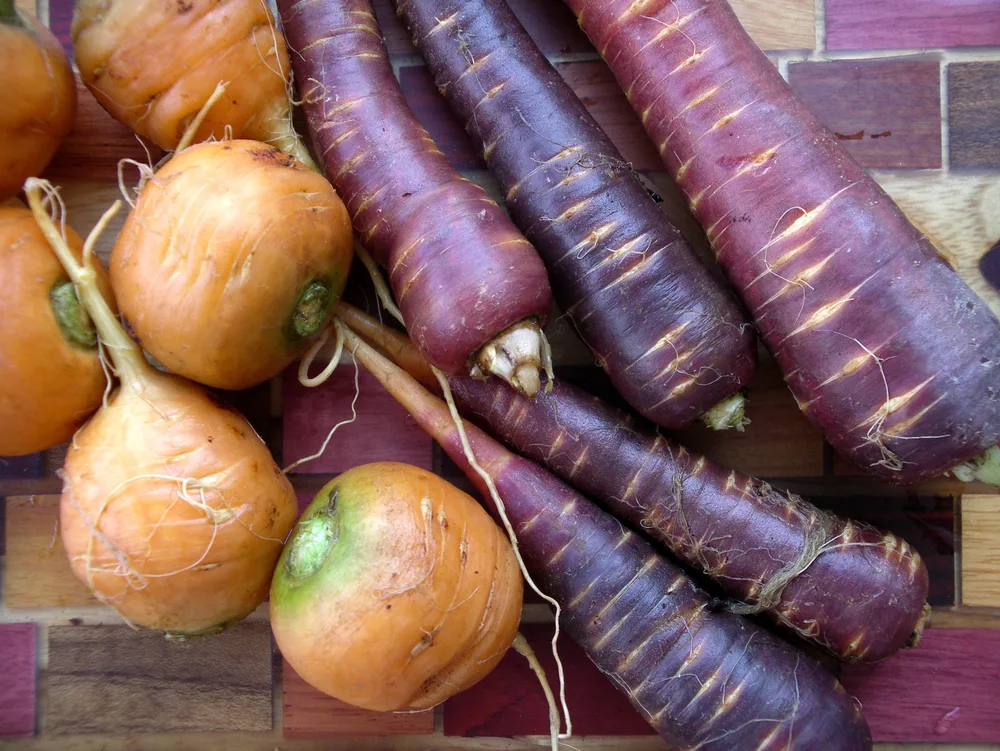
No matter where you live, you’ll always be able to find a handful of growers who are dedicated to providing the seeds necessary to help create, and support, a resilient food system.
Here are some more options for filling your garden with open-pollinated and organic seeds:
Chiltern Seeds UK – Browse through vast collection of heritage and heirloom varieties, then get inspired by a large selection of native wild flowers to help rewild your backyard.
Real Seeds UK – Because they would like you to be able to save your own seed, they do not grow or sell any F1 hybrids or genetically modified seeds – just “real seeds for real gardeners wanting to grow proper vegetables”.
Seed Co-operative UK – This community-owned organic seed company not only sells certified organic seeds, much of it is Biodynamic as well, with the Demeter logo. Here you will find herbs, flowers, vegetables, and even green manure crops.
Organic and heirloom seeds in continental Europe
Magic Garden Seeds – Old varieties, rarities and heritage cultivars are sold here, no hybrids or genetically manipulated varieties. Once you learn to save your own seeds, you can keep growing your favorites year after year!
Sativa – Based in Switzerland, Sativa has been propagating GMO-free seeds since 1998. Find only organically certified seeds in their online store: purple salsify, celeriac, artichokes and cress.
Grab a seed catalogue and come up with a plan to plant 10 or 20 kinds of vegetables, and you’ll likely end up planting even more!
Well, that is how it usually happens for us. It is hard to resist trying at least one new heirloom variety every year.
So, what will be growing in your garden this season?

Get the famous Rural Sprout newsletter delivered to your inbox.
Including Sunday musings from our editor, Tracey, as well as “What’s Up Wednesday” our roundup of what’s in season and new article updates and alerts.


